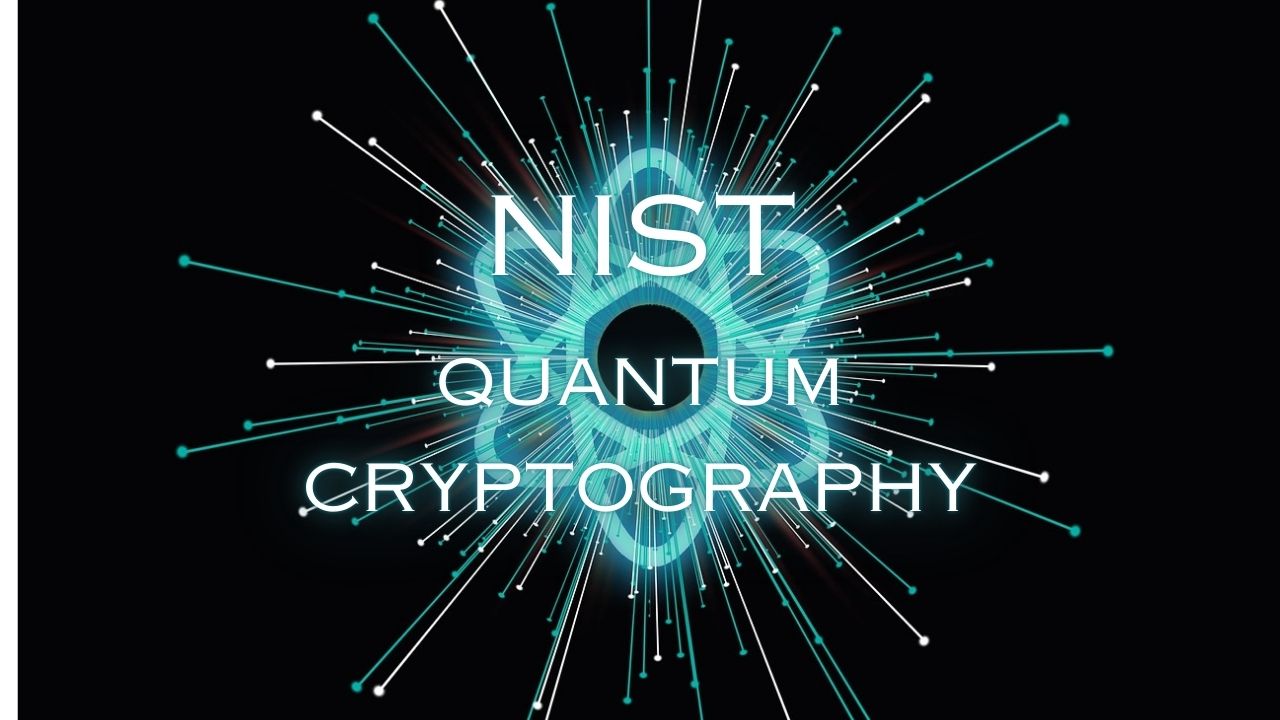In today’s era, security and privacy is a big concern. With the rise of quantum computers, our current encryption methods could become weak.
This is where NIST quantum resistant cryptography comes in. The National Institute of Standards and Technology (NIST) is working to create cryptographic systems that can resist quantum attacks.
This article explains what NIST is, the four post quantum cryptographic (PQC) algorithms, NIST standards, and more:
What is NIST in Cryptography?
NIST (National Institute of Standards and Technology). It is a U.S. government agency that sets standards for various technologies, including cryptography.
In cryptography, NIST provides guidelines and frameworks to ensure data security. It helps develop secure algorithms that protect sensitive information from cyber threats.
NIST plays a key role in defining encryption standards, such as AES (Advanced Encryption Standard) and SHA (Secure Hash Algorithm).
It is also responsible for selecting new algorithms that will be secure against quantum computing threats.

What Are the 4 PQC Algorithms?
As quantum computers advance, traditional encryption methods like RSA and ECC (Elliptic Curve Cryptography) may become obsolete.
To address this, NIST has been running a competition to find quantum resistant algorithms. In 2022, NIST announced four PQC algorithms:
- CRYSTALS-Kyber: Used for public-key encryption and key exchange. It is efficient and fast, making it suitable for secure communications.
- CRYSTALS-Dilithium: A digital signature algorithm designed for authentication and verification.
- FALCON: Another digital signature algorithm, optimized for use in constrained environments.
- SPHINCS+: A stateless hash-based signature scheme, providing strong security without relying on mathematical problems that quantum computers might solve.
These algorithms will replace existing encryption methods once quantum computers become powerful enough to break current security systems.
What is NIST 800-57 Cryptography?
NIST Special Publication 800-57 provides guidelines for managing cryptographic keys.
It helps organizations securely generate, store, distribute, and retire cryptographic keys. The document is divided into three parts:
- General guidelines for cryptographic key management.
- Best practices for key management in different security environments.
- Application-specific guidance for key management systems.
NIST 800-57 is essential for organizations to ensure their encryption methods remain strong and secure over time.
What is the Difference Between NIST 800-53 and 800-37?
Both NIST 800-53 and NIST 800-37 are security frameworks, but they serve different purposes:
- NIST 800-53: Provides a comprehensive list of security controls for federal information systems. It helps organizations improve their cybersecurity posture.
- NIST 800-37: Focuses on risk management. It provides a process for assessing, monitoring, and responding to cybersecurity risks.
In short, 800-53 is about security controls, while 800-37 is about risk management.
What is NIST 800-53 Used For?
NIST 800-53 is a security control framework used by government agencies and private organizations to strengthen their cybersecurity. It includes security guidelines for:
- Access control
- Encryption
- Incident response
- Risk assessment
- Data protection
By following NIST 800-53, organizations can protect sensitive data from cyber threats.
Is AES-256 Quantum-Resistant?
AES-256 (Advanced Encryption Standard with 256-bit keys) is one of the most secure encryption algorithms available today.
However, it is not entirely quantum-resistant.
Quantum computers use Grover’s algorithm, which can reduce the security of AES-256 by half. This means that AES-256 would provide the security level of AES-128 in a quantum environment. While still strong, future security systems may need stronger encryption to remain secure against quantum threats.
What Are the 4 Stages of NIST?
NIST provides a cybersecurity framework that consists of four key stages:
- Identify – Recognize risks, assets, and vulnerabilities.
- Protect – Implement security measures to safeguard data.
- Detect – Monitor for security threats and breaches.
- Respond & Recover – Take action against cyber threats and recover from attacks.
These four stages help organizations build a strong security strategy against cyber risks.
Why Is Quantum Resistant Cryptography Important?
Quantum computers have the ability to remove traditional encryption methods and putting sensitive data at risk.
If organizations do not upgrade to quantum-resistant cryptography, cybercriminals and nation-states could decrypt private communications, steal financial data, and compromise national security.
NIST is leading the effort to develop cryptographic solutions that can withstand quantum attacks. Businesses, government agencies, and individuals must start preparing for the quantum era to ensure long-term security.
How Can Organizations Prepare for Quantum Cryptography?
Organizations should start preparing for quantum-resistant cryptography now. Here are some steps to take:
- Stay Informed – Keep up with NIST’s updates on quantum-resistant cryptography.
- Assess Current Security – Evaluate existing encryption methods and identify vulnerabilities.
- Test PQC Algorithms – Experiment with the new NIST-approved PQC algorithms.
- Plan for Migration – Develop a strategy to transition to quantum-resistant encryption.
- Train Security Teams – Educate cybersecurity professionals on quantum threats and solutions.
Conclusion
NIST quantum-resistant cryptography is the future of cybersecurity. As quantum computers advance, traditional encryption methods will no longer be safe. NIST is working to develop strong cryptographic algorithms that can withstand quantum attacks.
Organizations must start preparing by learning about quantum threats, testing new cryptographic methods, and planning for the transition. By staying ahead, we can ensure secure communication in the quantum age.


Basic strategy really shifts your perspective! Seeing how even small adjustments can impact outcomes is fascinating. Thinking of trying some new games – heard philwin com has a great selection & local payment options, which is super convenient! Definitely a fun learning curve.
Roulette’s allure is fascinating – the math, the risk! Seeing platforms like jl boss slot login embrace tech for smoother experiences-like instant payments-is a smart move. AI game recommendations sound intriguing too! 🤔